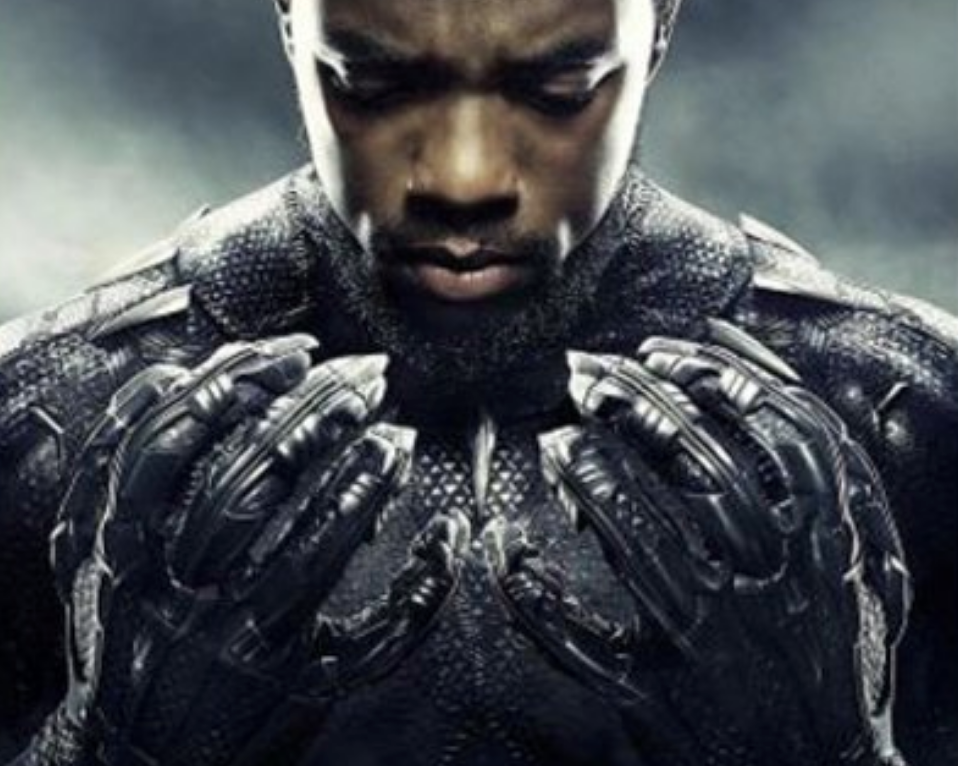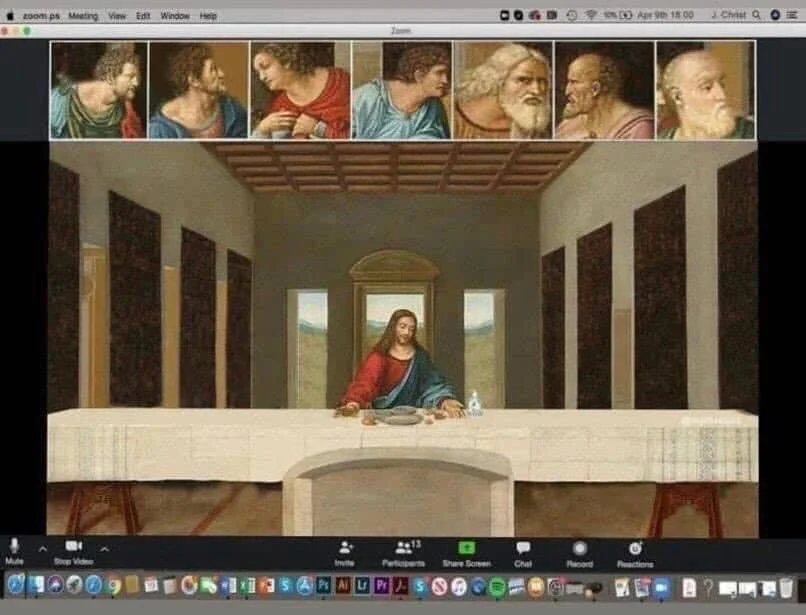A typical Rabbi Lord Jonathan Sacks speech would open with a self-deprecating jab at long-winded rabbis and then flow into a blend of Hebrew texts, science, law, literature, current events and the scriptures other faiths.
When the former chief rabbi of the United Kingdom died on Nov. 7 at age 72, after battles with cancer that began in his 30s, the Prince of Wales said: "His immense learning spanned the secular and the sacred, and his prophetic voice spoke to our greatest challenges with unfailing insight and boundless compassion. His wise counsel was sought and appreciated by those of all faiths and none."
Most of all, Lord Sacks was known for using modern information and insights to defend ancient truths. One famous address, at a 2014 Vatican conference on marriage, began with fish mating in a Scottish lake 385 million years ago before charting humanity's rise from polygamy to monogamy, including some awkward biblical dramas.
Before this speech ended with a standing ovation, the rabbi explained that his goal was to defend the “most beautiful idea in the history of civilization," the concept of love as the origin of new life.
"What made the traditional family remarkable, a work of high religious art, is what it brought together: sexual drive, physical desire, friendship, companionship, emotional kinship and love, the begetting of children and their protection and care, their early education and induction into an identity and a history," he explained.
“Seldom has any institution woven together so many different drives and desires. … It made sense of the world and gave it a human face -- the face of love. For a whole variety of reasons, some to do with medical developments like birth control, in vitro fertilization and other genetic interventions, some to do with moral change like the idea that we are free to do whatever we like so long as it does not harm others, some to do with a transfer of responsibilities from the individual to the state … almost everything that marriage once brought together has now been split apart. Sex has been divorced from love, love from commitment, marriage from having children and having children from responsibility for their care."
Lord Sacks was part of the Modern Orthodox movement and wrote two dozen prayer books and works about science and spirituality, as well serving as a commentator on BBC Four's "Thought for the Day." He became chief rabbi of the United Hebrew Congregations of the Commonwealth in 1991, holding that post until 2013, Queen Elizabeth knighted him in 2005 and he entered the House of Lords in 2009.










